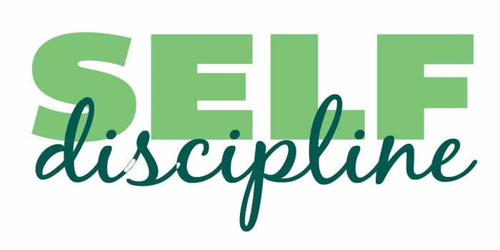World Sickle Cell Day (WSCD) is held every year on 19th June to increase national and international awareness of sickle cells. It was founded by the United Nations (UN) General Assembly in 2008 to raise awareness among the general public about sickle cell disease and its treatment. WSCD is an opportunity to raise awareness of sickle cell disease and to inspire people living with sickle cells to celebrate their experiences and successes, mostly in a pandemic emergency where they are at greater risk of complications. It was celebrated first time on the 19th of June in 2009. Sickle cell disease has become a widespread and foremost genetic disease worldwide that has to be cured through the initiative of accelerated recognition, curable activities, early diagnosis, and management. Sickle cell disease is essentially a blood condition that is inherited by parents to the infant and passed on. The red blood cells have an irregular crescent shape in sickle cell disease, taking the shape of a sickle, hence its name. When they circulate in the body, the sickle form results in the red blood cells becoming stiff and sticky, becoming trapped in the smaller blood vessels. This interferes with the supply of oxygen to areas of the body and results in symptoms such as anemia, episodes of bone and joint pain, swelling of the extremities, increased risk of infection, normal growth deficiency, and vision problems. Symptoms may be seen from 2-5 months of age, although it may take up to adolescence years for the symptoms to become noticeable in milder cases. The United Nations General Assembly (63rd session) proclaimed June 19 to be celebrated annually as the World Sickle Cell Day (WSCD) to cover almost all of the curable requirements through the rapid awareness campaign to take control of this inherited health disorder worldwide. The World Health Organization (WHO) has also started a number of promotional activities worldwide to solve this hemoglobin dysfunction crisis.
The “Wear Red for World Sickle Cell Day” campaign, conducted by the Sickle Cell Society, which made graphics available to share and support the project, is another chance to raise awareness. According to estimates, it has been reported that in Africa, more than 1000 babies are born every day with Sickle Cell Disease and die up to 5 years of age. In the United States, more than 90,000 to 100,000 individuals are affected by this disease. However, citizens are also affected in other countries, such as India, Saudi Arabia, Turkey, the Arab Peninsula, Brazil, Suriname, Guyana, Southern Italy, Greece, etc. It is a major public health problem worldwide that must be managed to save the future of our safe country. People with sickle cell disease (SCD) may have pain, anemia, infection, and other severe health conditions that a healthcare provider may need to care for. Children and adults with SCD often need care in hospital emergency departments (ED) or clinics for treatment when health conditions, such as extreme pain, cannot be handled at home or a visit to a healthcare provider is not necessary. This genetic health concern has impacted individuals worldwide, and has increased the likelihood of premature infant mortality. It includes effective control of the country’s early warning policy, public awareness and effective partner shipping. A simple blood test can diagnose Sickle Cell Disease. In the case of family history, the disease may also be detected by prenatal detection, i.e., during pregnancy. Global Sickle Cell Disease Treatment Centers have been involved in supporting online awareness, up-to-date and reliable information on sickle cell anemia, early diagnosis, treatment, etc. There has also been some commitment by the World Health Organization (WHO) to promote understanding of the disease, such as:
- Increasing effective awareness of sickle cell anemia as a major health issue worldwide.
- People living in any culture across the world should become aware of this.
- All the myths and stigmas about sickle cell disease are removed.
- All Member States are requested to set up different health systems to promote access at national and regional levels to care for this disease.
- Promoting the provision of sufficient access to technical assistance and medical care for all persons affected by the disease.
Well-training facilities for better prevention, research work, and precise application of services to mitigate disease complications are provided to all medical professionals. Although a bone marrow or stem cell transplant is the only permanent cure for sickle cell disease, early diagnosis and proper care may help to manage and relieve pain as well as avoid complications resulting from the disease. Addressing pain killers’ effects and complications, occasional blood transfusion, supplying intravenous fluids, vaccines, antibiotics provide a measure of relief, but it is a transplant of the bone marrow that will provide lasting relief. World Sickle Cell Day (WSCD) events include similar handwriting of messages and distribution of messages, drawing images, producing hopeful messages, distribution of posters, lucky draw competition, health talks, massage sharing on the social media website, organization of free control camps for sickle cell anemia research, broadcasting of people’s answer through radio and TV channels, marathon, and many more.
















